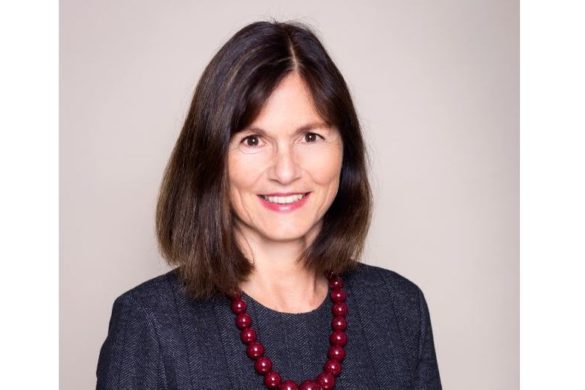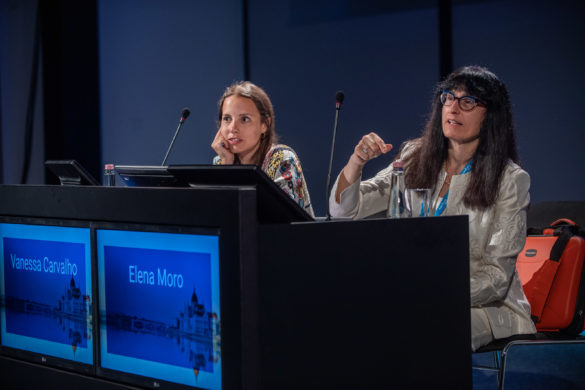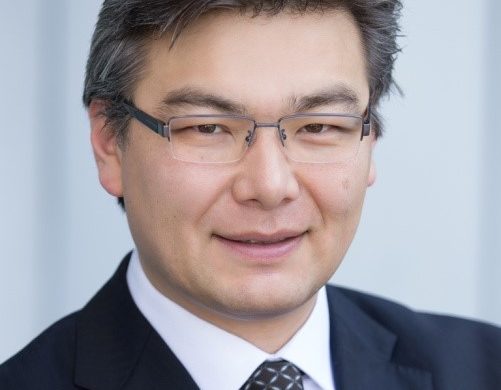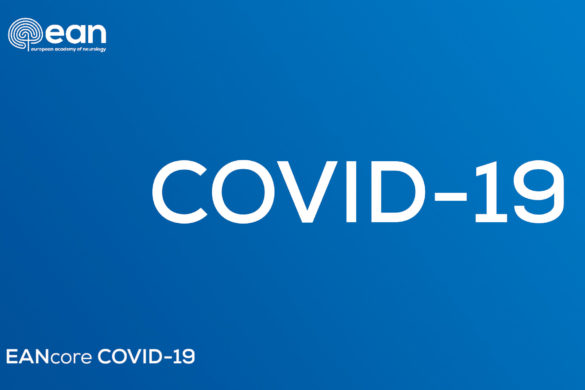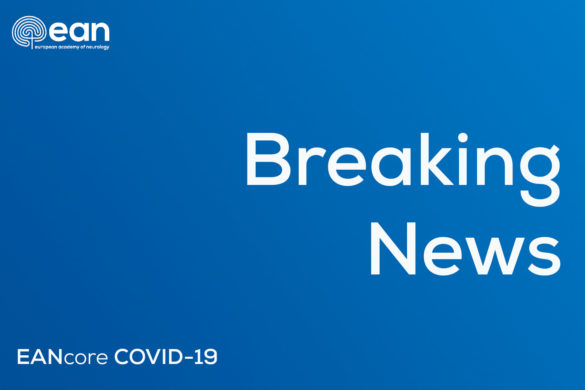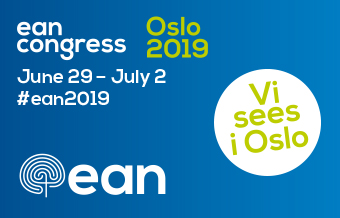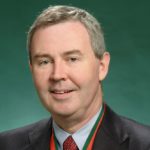
David B. Vodušek (DV): Can you briefly illustrate the structure and missions of the ESRS to the readers of the EANpages?
Prof. Walter McNicholas (WM): Founded in 1972, the European Sleep and Research Society (ESRS) is an international scientific non-profit organization that promotes all aspects of sleep research and sleep medicine. These include the publication of the Journal of Sleep Research (JSR), the organization of scientific meetings, and the promotion of training and education, the dissemination of information, and the establishment of fellowships and awards. The society has close to 2,000 members who span the full range of clinical and scientific disciplines with an interest in sleep. Members include neurologists, psychiatrists, psychologists, and pulmonologists, in addition to basic scientists involved in sleep and brain research. The Society is managed by a Board of 6 members, and there are 5 committees dealing with matters involving education, scientific activities, and advocacy.
DV: What are the criteria for a European Sleep Research Centre? How many have been set up? Is there any provision for their cooperation?
WM: European Sleep Research Centres are laboratories in Europe with an established track record in sleep-related research. Candidate centres must be approved by the Research Network Committee of ESRS. At present, there are 116 approved laboratories and each is listed on the ESRS website. While there is no formal mechanism established for cooperation, each listed Centre provides extensive details of its activities, which facilitates information sharing and informal networking.
DV: How does ESRS interact with the European national sleep research societies?
WM: ESRS is closely linked with European national sleep research societies through its affiliate body, the Association of National Sleep Societies (ANSS). ESRS and ANSS regularly interact and cooperate in a broad range of activities that include advocacy, guideline development, education and certification, and public awareness. A representative of ANSS is included in the ESRS Board and the ANSS meet annually with the ESRS Board over two days at a different venue in Europe.
DV: According to the bylaws ESRS accepts industry as supporting members to the organization. Can you briefly illustrate this cooperation/membership?
WM: Corporate Members benefit from attractive advantages for the ESRS semiannual meeting including free registrations, special priority when it comes to exhibition booth and satellite symposia allocation. All Corporate Members receive a web banner on the ESRS website and can participate at the yearly ESRS Corporate Advisory Group meeting, where the industry meets with the ESRS Board in order to discuss joint projects and interests. Corporate Members also receive a subscription to the Journal of Sleep Research
DV: EAN, the overall platform for clinical neurology, works towards establishing closer cooperation with the related sub-specialties. ESRS recently approached EAN with the proposal for creating a taskforce for formulating a joint position statement on stroke and sleep. Do you see possibilities for further cooperation between the two societies?
WM: Yes, there are other ESRS Task Forces relevant to EAN such as Narcolepsy where cooperation between the two societies makes good sense in terms of shared expertise and optimum efficiency.
Prof. McNicholas I thank you for this very informative interview and wish you and ESRS further success.
David B. Vodušek, Chair, EAN Liaison Committee
European Sleep Research Society




